The Department of Animal Health ( Ministry of Agriculture and Rural Development ) has just issued Official Dispatch No. 144/TY-TYCĐ to Regional Veterinary Departments; Central Animal Hygiene Inspection Centers I and II; Veterinary Departments, Animal Husbandry and Veterinary Medicine of provinces and cities; and enterprises producing and processing bird's nests on instructions for monitoring food safety for bird's nest products exported to China.
Pursuant to the direction of the Ministry of Agriculture and Rural Development, to implement the Protocol between the General Administration of Customs of the People's Republic of China and the Ministry of Agriculture and Rural Development of the Socialist Republic of Vietnam on quarantine, inspection and veterinary hygiene requirements for bird's nest products exported from Vietnam to China, the Department of Animal Health guides units and organizations to conduct food safety supervision of bird's nest for export.
Specifically, the subjects of supervision are the bird's nest processing and preparation facilities of enterprises registered for export. Regarding the content of supervision, for bird's nest processing and preparation facilities, the veterinary hygiene and food safety conditions of the facilities are monitored; the capacity to effectively handle bird's nest hygiene; the implementation of operating procedures to control hygiene of bird's nest during harvesting and transportation.
For bird's nest samples: take bird's nest samples, analyze the indicators according to the regulations of Vietnam and the importing country; requirements for the indicators to be tested; limits for bird's nest samples.
Regarding sampling for monitoring, for bird's nest products, randomly sample finished bird's nests that have been pre-processed and processed and are ready for export (take products before packaging). For products processed from bird's nests, randomly sample pre-processed and processed bird's nests used as raw materials to produce the products.
Regarding sampling locations, samples are taken at all processing and primary processing facilities registered for export. Regarding the number of samples, each production and processing facility for export takes at least 2 samples (taken from different production batches and lots),...
Regarding sample weight, about 50 to 100g for 1 sample, ensuring enough weight to analyze 9 monitoring indicators and store samples according to regulations.
Regarding the sampling method, randomly take finished bird's nests or pre-processed and processed bird's nests used as raw materials to produce other products from different production batches and lots and combine them into 1 sample to have enough sample mass (about 50 to 100g) for analysis.
Regarding sampling frequency and time, monitoring sampling is carried out periodically twice a year (6 months/1 sampling period) or monitoring sampling is carried out suddenly as required by the importing country.
Regarding sample coding, preservation and transportation: Samples are coded and labeled according to routine instructions to ensure objectivity and traceability. Store samples at room temperature and transport to the laboratory within 24 - 48 hours.
Regarding handling measures during the monitoring process, when inspecting and detecting that the bird's nest processing and preparation facility does not meet veterinary hygiene requirements, the Department of Animal Health shall notify in writing the bird's nest processing and preparation enterprise for export about the contents that do not meet veterinary hygiene requirements. At the same time, guide the enterprise to take corrective actions; assign the Regional Animal Health Sub-Department under the management area to monitor the corrective process and report the implementation results to the Department of Animal Health.
In addition, immediately after detecting a bird's nest sample that does not meet the required food safety standards, the Regional Veterinary Department under the management area shall notify in writing the sample analysis results to the enterprise whose bird's nest sample does not meet the monitoring standards and the Veterinary Departments, Animal Husbandry and Veterinary Departments of the province or city under the management area.
Require businesses with processing and preparation facilities to trace the origin of bird nests that do not meet the monitoring criteria. Identify the cause, propose appropriate remedial measures; request facilities to take remedial measures; monitor the remedial process at these facilities and report the results to the Department of Animal Health.
To implement the above tasks, the Department of Animal Health shall preside over the development of an annual monitoring program on veterinary hygiene and food safety for bird's nests; guide and disseminate to units under the Department, enterprises and relevant agencies to monitor, synthesize and report monitoring results.
Annually review and adjust the content and structure of the monitoring form to suit or according to the requirements of the importing country; organize guidance on corrective measures for bird's nest houses, bird's nest processing and preparation facilities. Annually, before March 30, send to the General Administration of Customs of China the monitoring plan for the following year and the monitoring results of the current year.
Regional Veterinary Sub-Departments shall preside over and coordinate with the Central Veterinary Hygiene Inspection Center I and II to inspect veterinary hygiene conditions at bird's nest processing and preparation facilities. Take samples and send them to the Central Veterinary Hygiene Inspection Center I or II; notify businesses in writing of the monitoring results, etc.
For enterprises producing, processing and preparing bird's nest products for export, provide a list and records of bird's nest houses, facilities for processing and preparing bird's nest products and information as required by the importing country. Closely coordinate with the Department of Animal Health and the Regional Animal Health Sub-Department to effectively implement monitoring, including sampling and sending samples for monitoring; pay for costs related to sampling and analyzing monitoring samples, etc./.
Source link




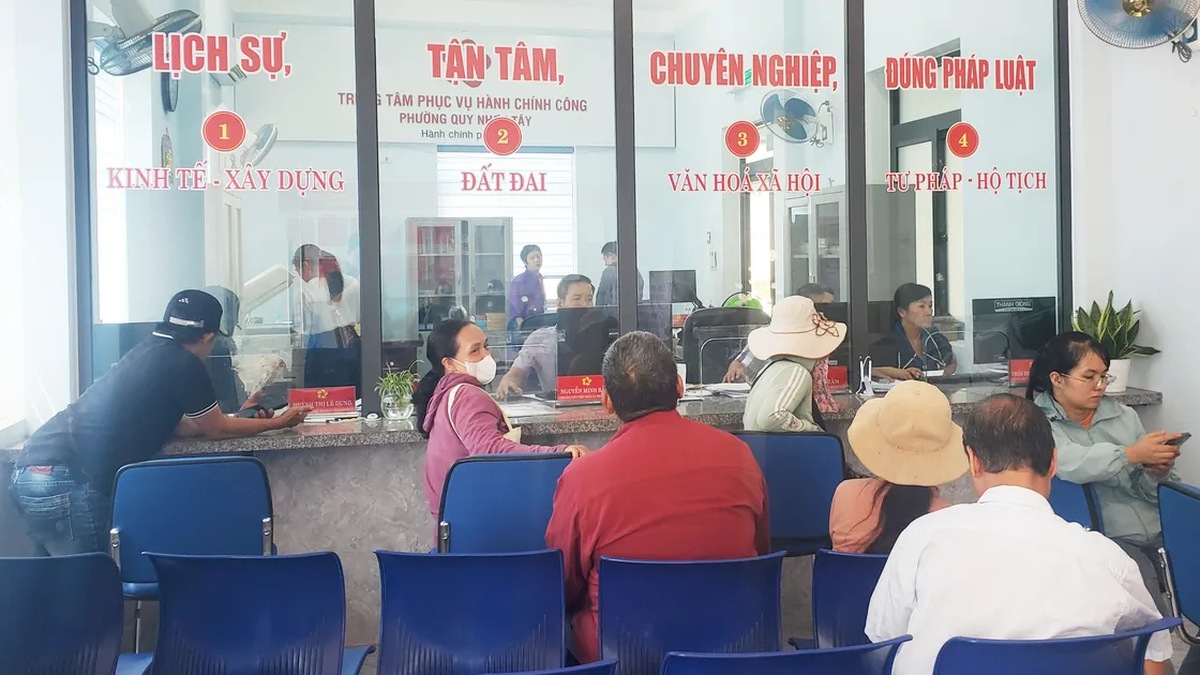
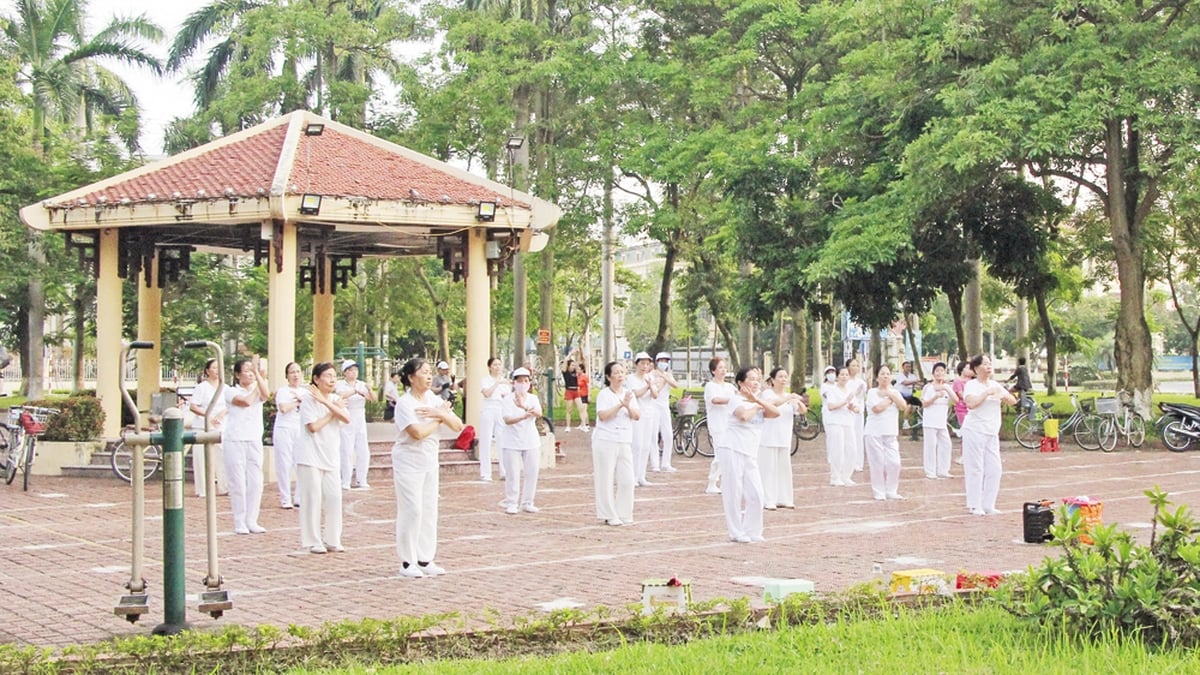
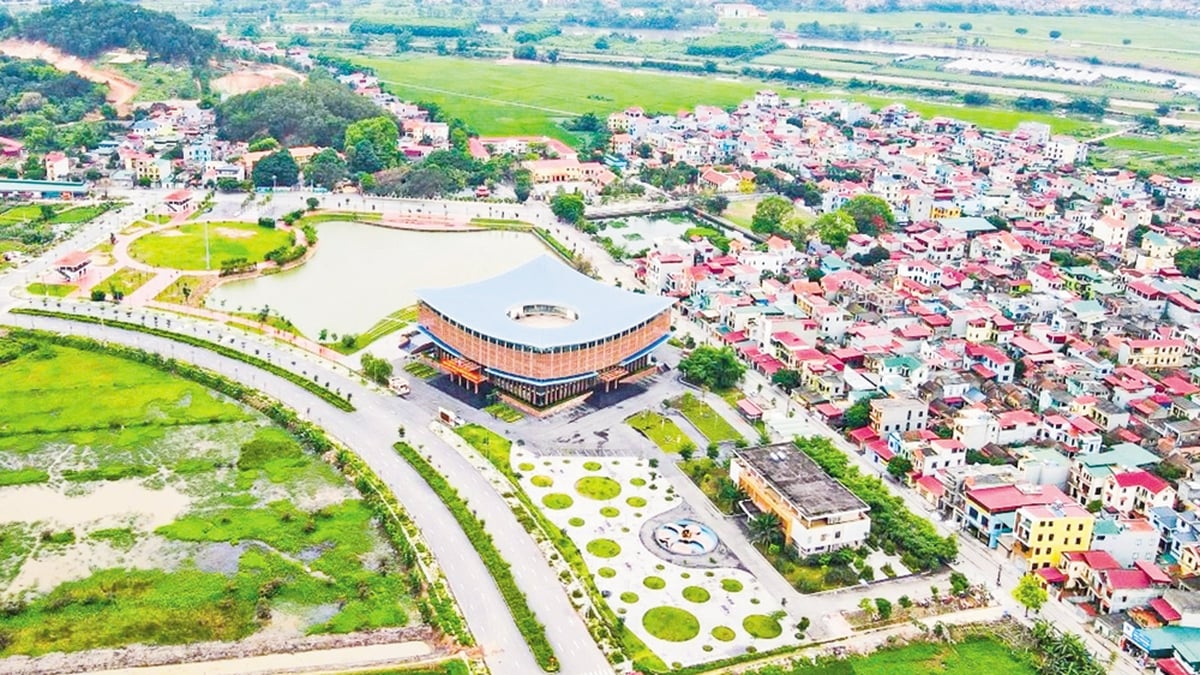
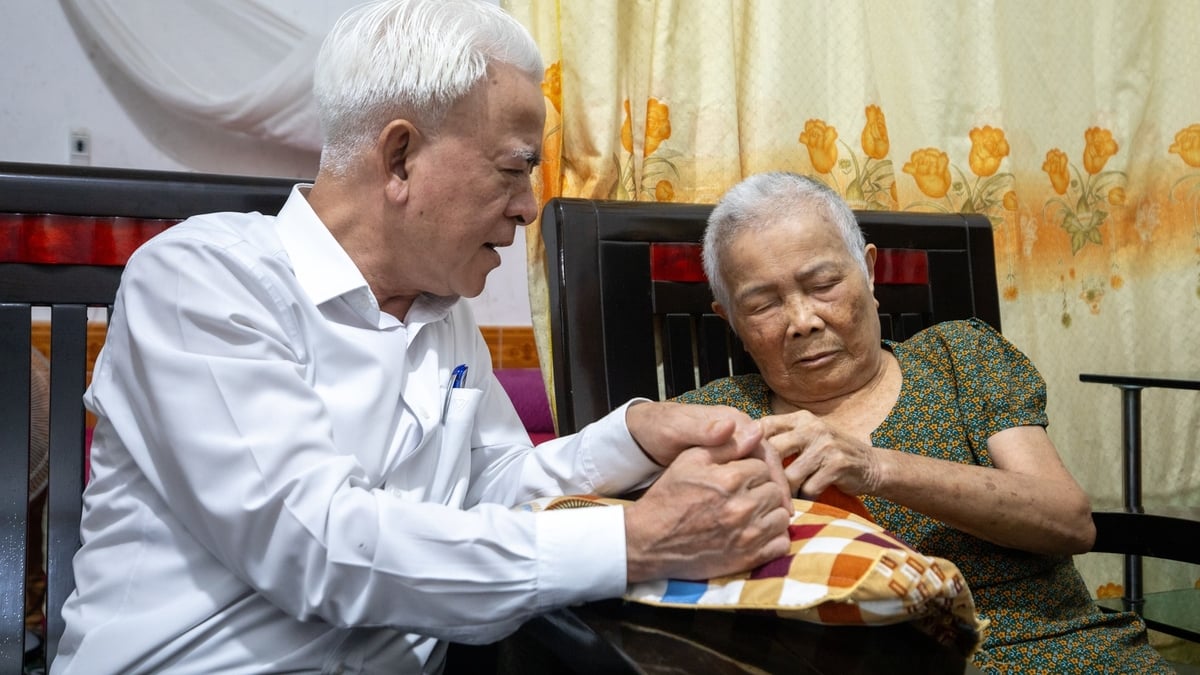
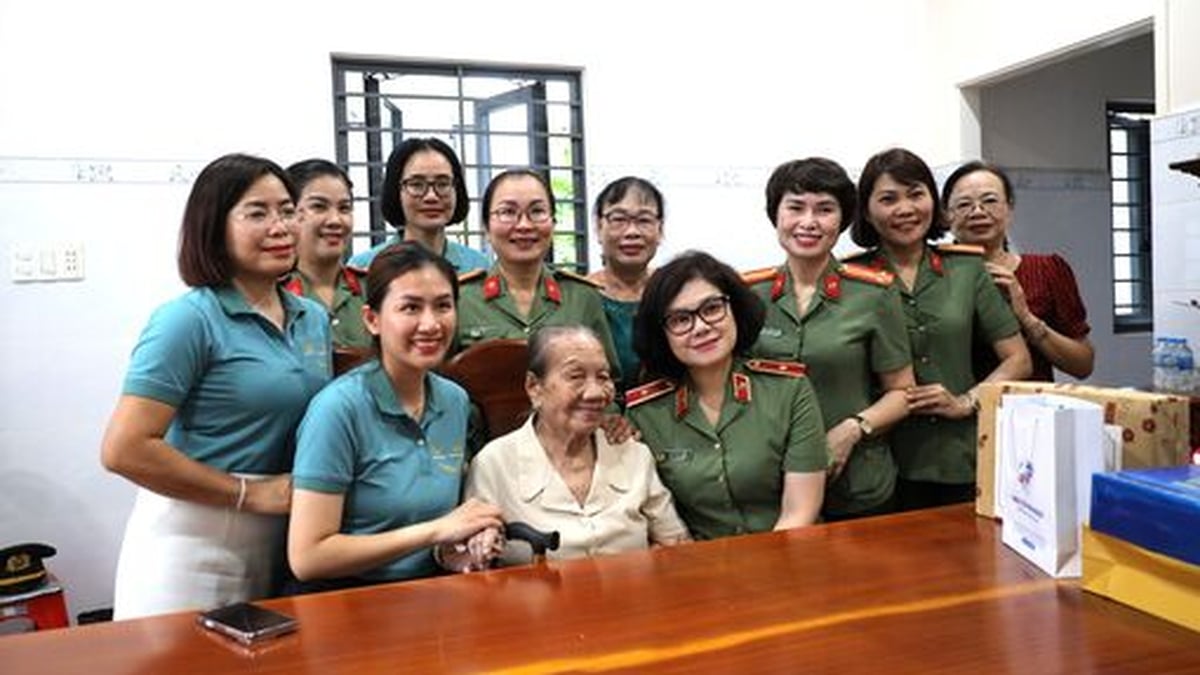
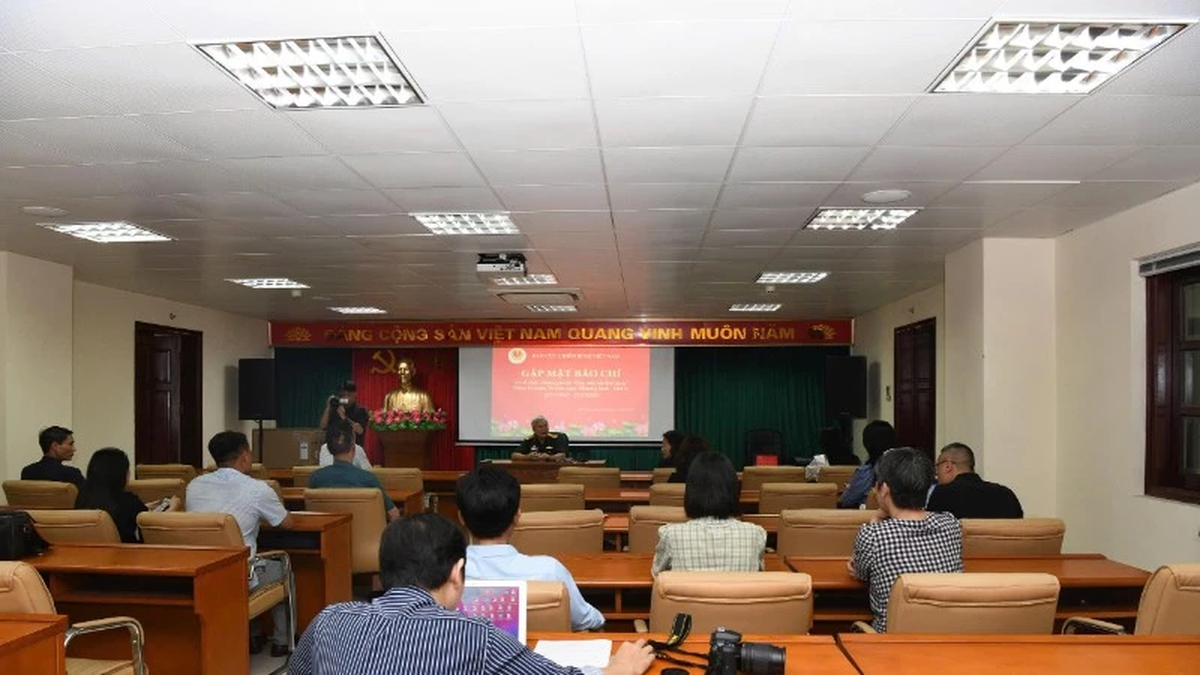
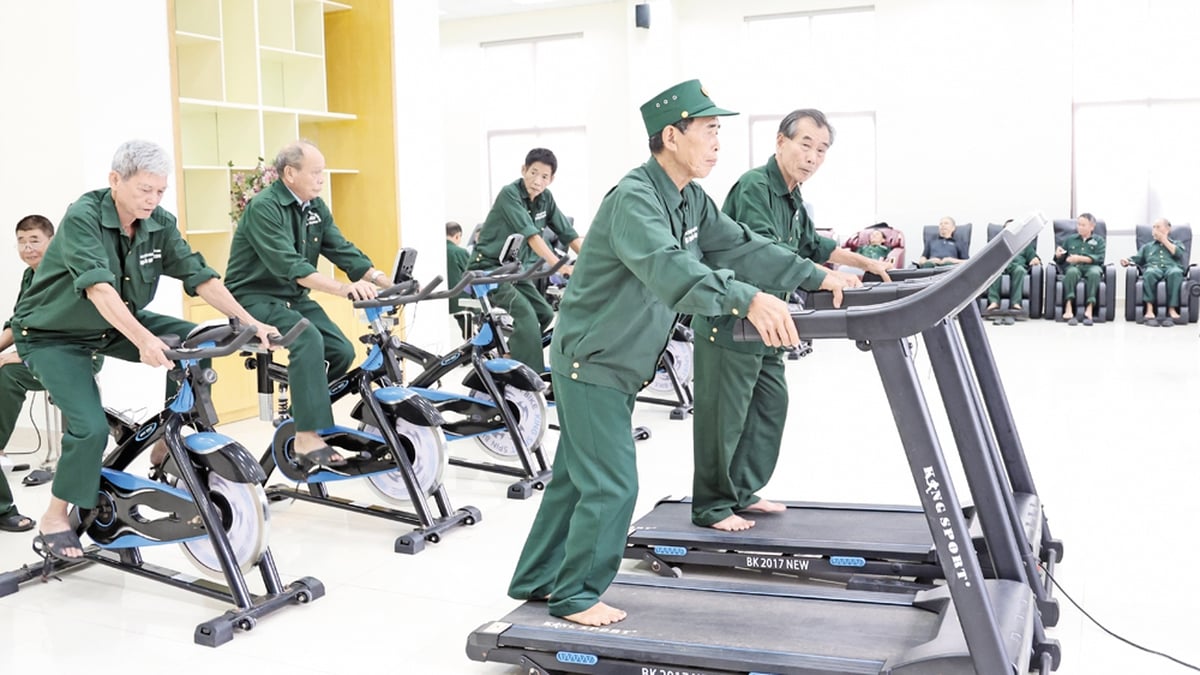
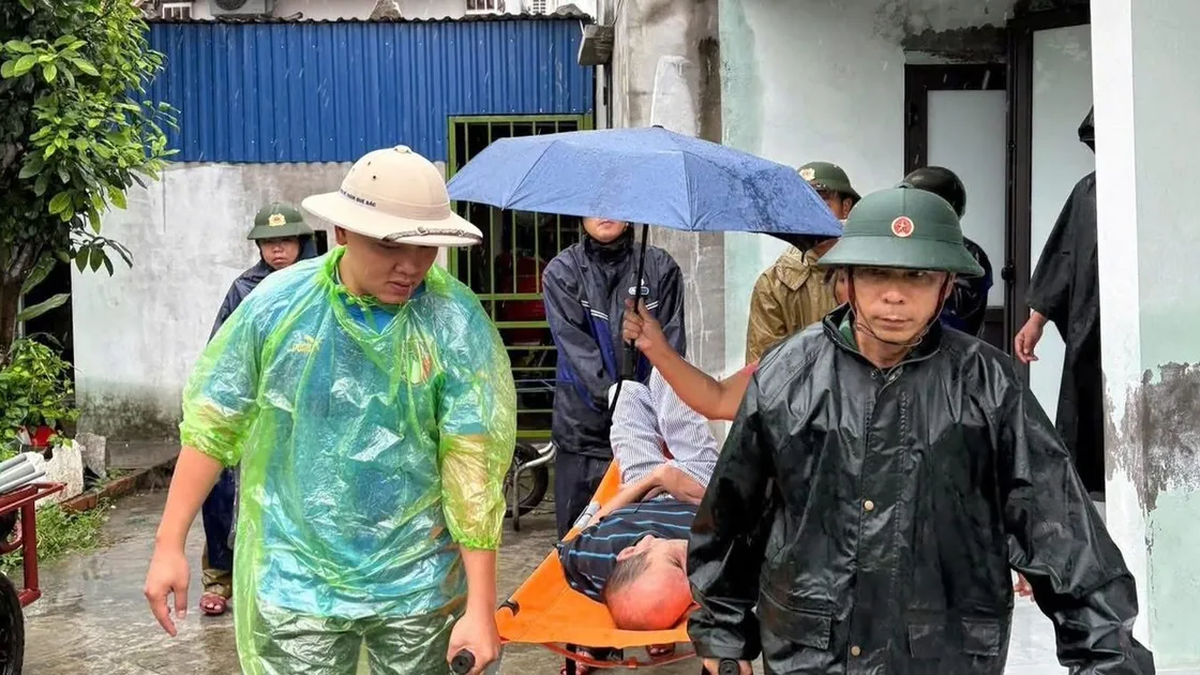














![[Photo] National Assembly Chairman Tran Thanh Man visits Vietnamese Heroic Mother Ta Thi Tran](https://vphoto.vietnam.vn/thumb/1200x675/vietnam/resource/IMAGE/2025/7/20/765c0bd057dd44ad83ab89fe0255b783)











































































Comment (0)